 sales@vipmytour.com
sales@vipmytour.com 8618611354735
8618611354735
Opening Beijing the Museum Way
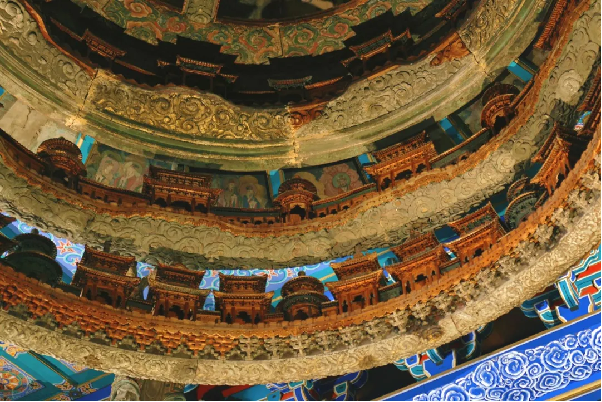
Look around the country, and you won't find a better place to start a museum tour than Beijing. With 204 registered museums, Beijing boasts the largest number of museums in China. Many of Beijing's attractions, including the Yonghegong Palace, the Thirteen Ming Tombs, and the Gongwang Palace, are essentially museums.
Beijing also has the most national-level museums (18, tied with Shandong). In China, museums are categorized into three levels, with the "First Class Museum" being the highest. Achieving this status requires a vast and highly valuable collection, akin to a restaurant earning three Michelin stars.
First-Class Museums in Beijing
Beijing, the city of endless museums, offers a plethora of options for visitors. This article will help you prioritize your visit and explore niche but worthwhile museums.
Must-See Museums in Beijing
1. National Museum of China
? 9:00-17:00 (admission closed at 16:00)
? Free
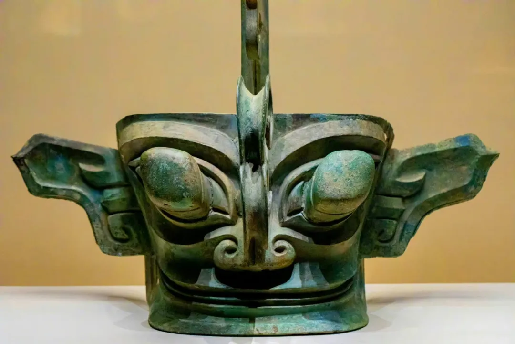
If you're interested in historical facts, the National Museum of China should be a higher priority than the Forbidden City. It is the largest museum in the world by single floor space and houses the largest collection of Chinese cultural relics (over 1.4 million pieces).
The National Museum offers a complete and clear historical timeline, unlike the Forbidden City, which focuses primarily on the Ming and Qing dynasties. The museum's extensive collection means that even a full day might not be enough to see everything.
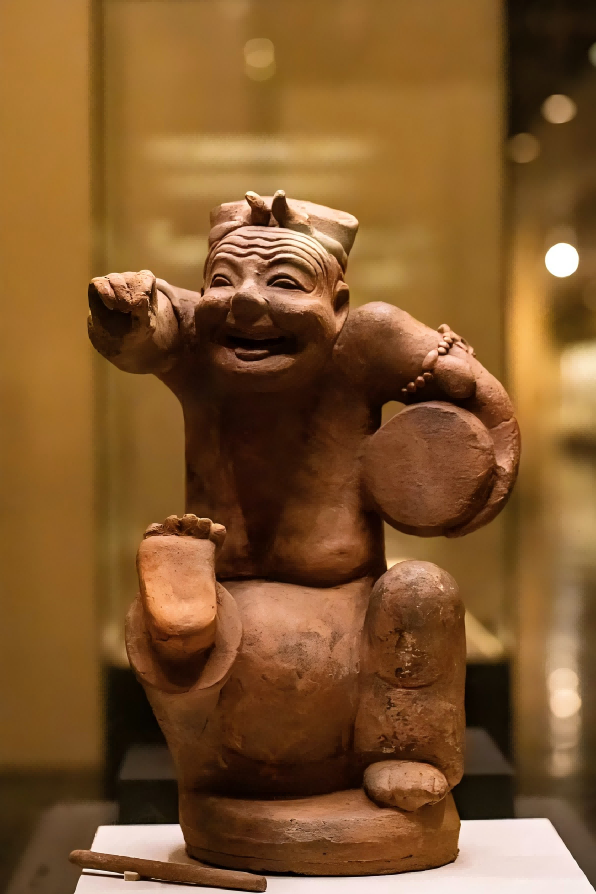
Highlights include the Houmuwuding, sphinx-painted earthenware pots, the Four Sheep Square Zun, and other national treasures. The "Ancient China" exhibition on the B1 floor alone could take a day to explore.
The good news is that public lecture services have resumed, and many exhibits are available on the "National Museum" app and the "National Museum Guided Tour" WeChat app.
2. Palace Museum (Forbidden City)
? 8:30-17:00 (admission closed at 16:10)
? 40 yuan in low season, 60 yuan in high season (10 yuan for the Museum of Treasures and Clocks)
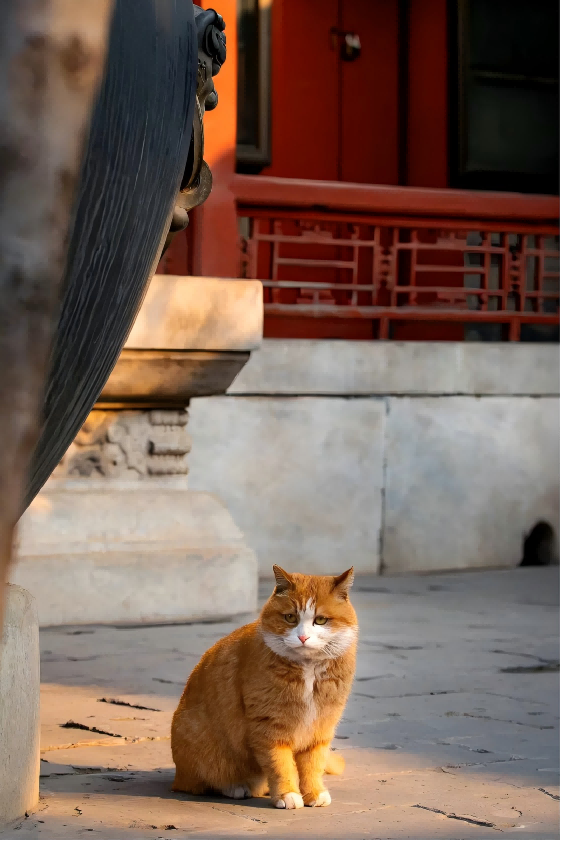
Most visitors to the Forbidden City follow the central axis from the Noon Gate to the Imperial Garden, missing many of its hidden treasures. The Forbidden City houses 1.86 million pieces, surpassing even the National Museum. Highlights include the Treasure and Clock Galleries, which require an additional admission fee but are worth the visit.
The experience at the Forbidden City can be diminished during peak seasons, and many high-profile treasures are not always on display. Despite this, it remains a must-see for its extensive collection of artifacts.
3. Capital Museum
? 9:00-17:00 (admission closed at 16:00)
? Free

The Capital Museum, while smaller than the previous two, offers a great experience with fewer crowds. It focuses on cultural relics and historical folklore from Beijing and its surroundings. The museum's collection includes over 200,000 pieces, such as the rare Yuan blue and white phoenix-head flat pots and the Water and Moon Bodhisattva statue.
The museum provides free lectures by volunteer teachers daily, and interpreters can be rented for free. The "Capital Museum" app offers detailed audio and 3D displays. However, parts of the museum are temporarily closed for renovations, which may affect your visit.
Lesser-Known but Super Interesting Museums
1. Beijing's Museum of Ancient Architecture
? 9:00-17:00 (admission closed at 16:30)
? 15 yuan
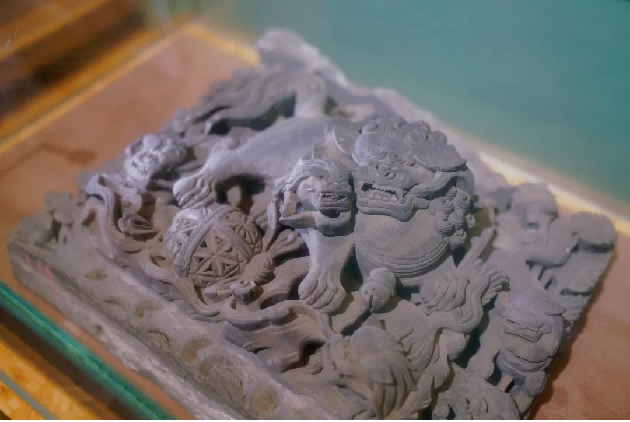
Also known as the Temple of the First Farmer, this museum was used for ceremonies by Ming and Qing emperors. Its high architectural standards and exquisite details make it a great alternative to the crowded Forbidden City. Highlights include the national cultural relic Longfuji algae wells, a decorative ceiling adorned with stars observed by people in the Ming Dynasty.
2. China Arts and Crafts Museum
? 9:00-17:00 (admission closed at 16:00)
? Free
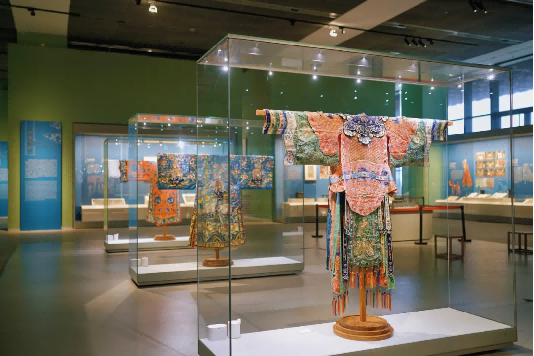
The newly completed China Arts and Crafts Museum, which also houses the China Intangible Cultural Heritage Museum, is a national-level museum featuring beautiful collections of jade carving, stone carving, paper-cutting, bamboo weaving, and lacquer ware. The design and presentation of the exhibits are top-notch, and the "Silk Road Painting" pavilion is particularly noteworthy.
3. Dazhongsi Ancient Bell Museum
? 9:00-17:00 (admission closed at 16:30)
? 30 yuan
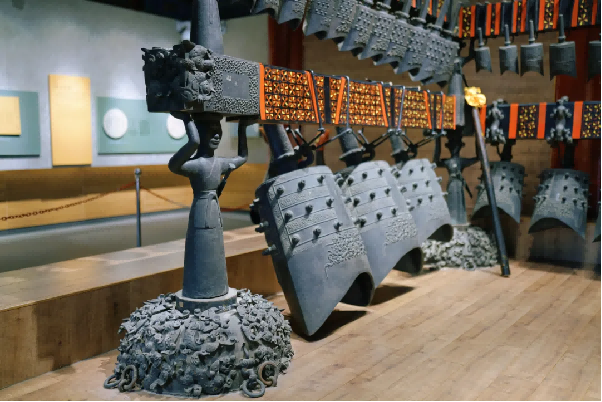
The Dazhongsi Ancient Bell Museum, originally called Juesheng Temple, houses the famous Yongle Bell and more than 400 bells and chimes from ancient times. The museum offers a unique entry point into history and a flat-out Chinese aesthetic that is pleasing to the eye.
4. Beijing Stone Carving Art Museum
? 9:00-17:00 (admission closed at 16:30)
? 20 yuan
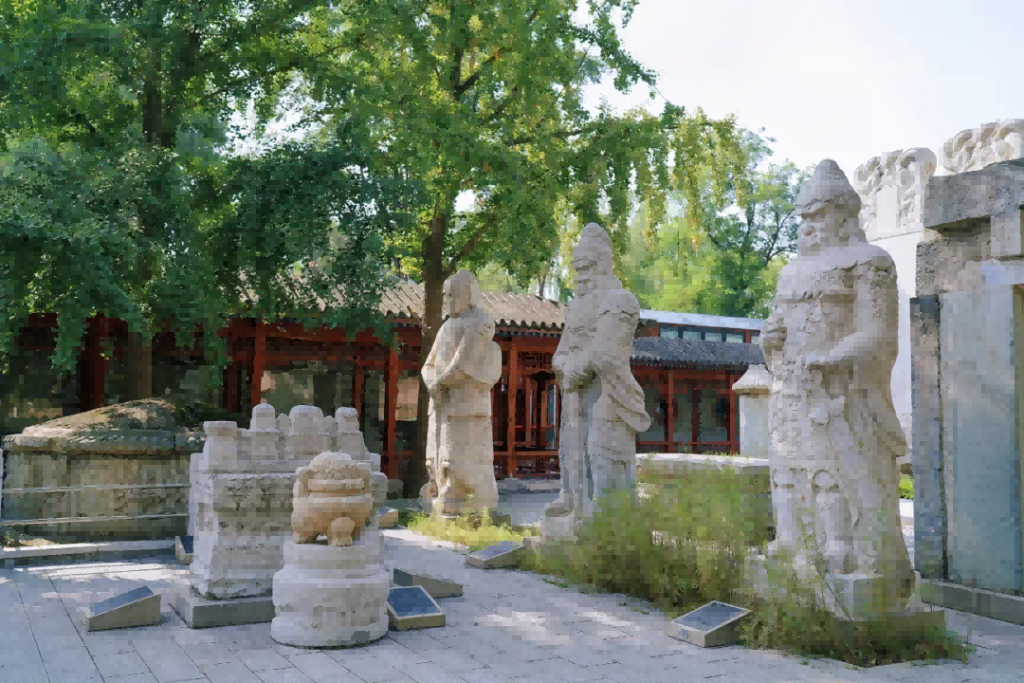
Built on the site of the original Jue Temple, the Beijing Stone Carving Art Museum features elements of Indian Buddhism and a large number of tablets, statues, and tombstones. The Vajra Throne Pagoda is the highlight, with its unique architectural style and historical significance.
5. Guanfu Museum
? 9:00-17:00 (admission closed at 16:00)
? 100 yuan (88 yuan for advance online tickets)
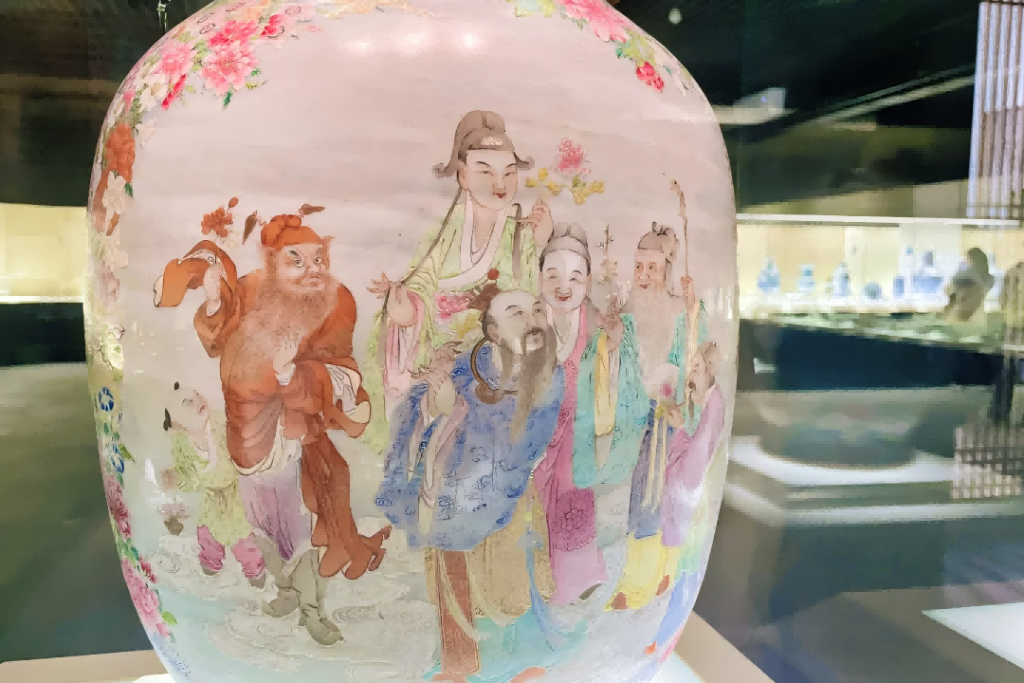
The Guanfu Museum, the first private museum in China, offers an impressive level of curation despite its smaller collection size. The exhibition area includes ceramics, crafts, furniture, oil paintings, and doors and windows. A special exhibition features "Guanfu Cats," which are a delightful attraction.
Conclusion
Beijing's museums offer a wealth of cultural and historical experiences. With free admission policies in place for many museums, it is advisable to book in advance through the museum's official WeChat public accounts.
Even if you explore one museum a day, it would take half a year to cover all of Beijing's museums. The ones recommended here are more than enough to keep you occupied for multiple visits to Beijing.


